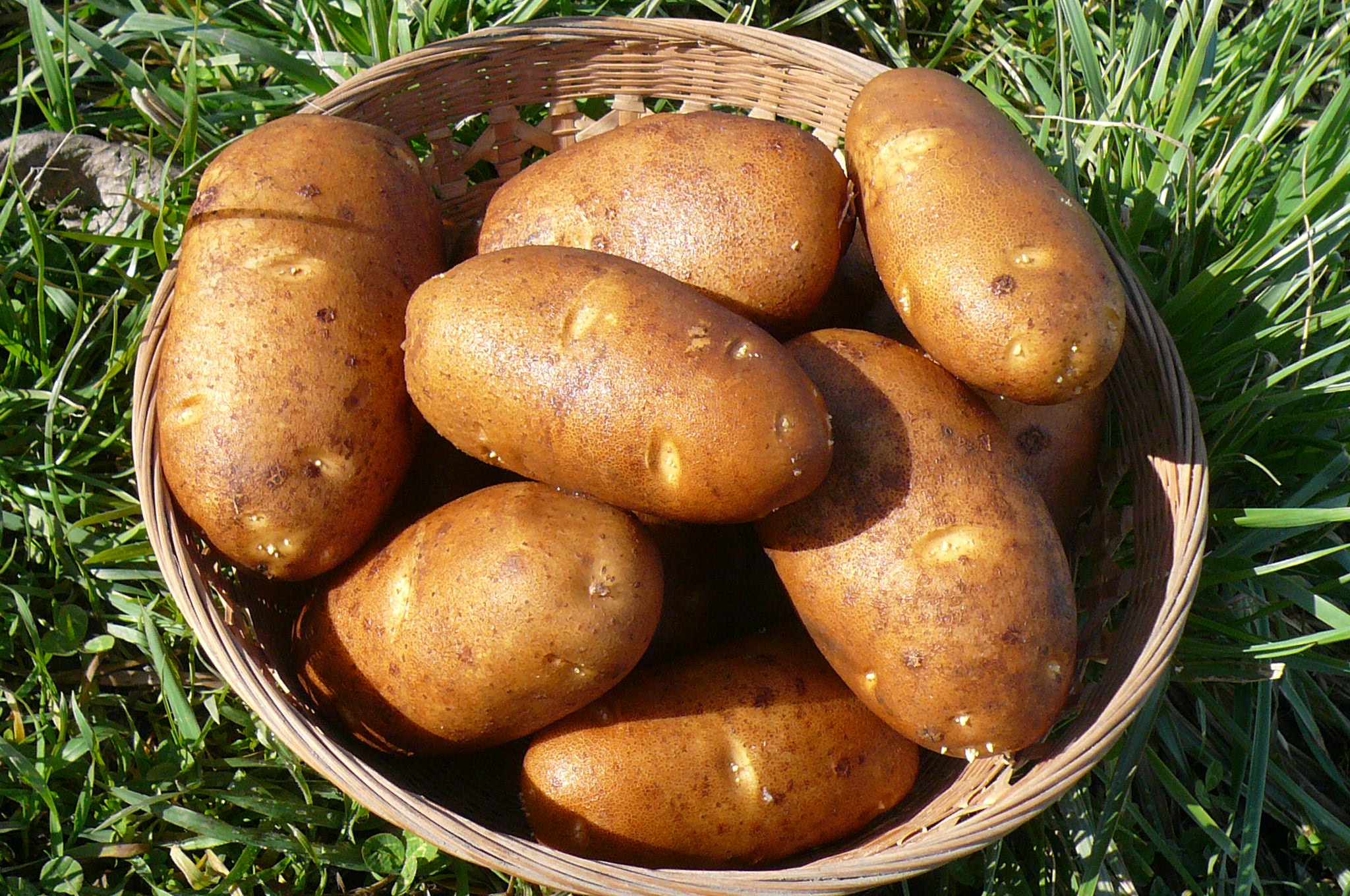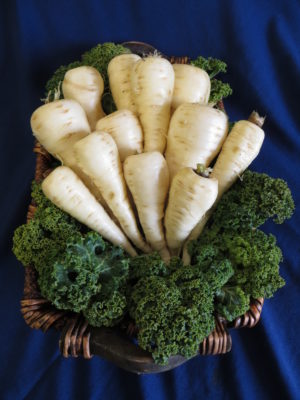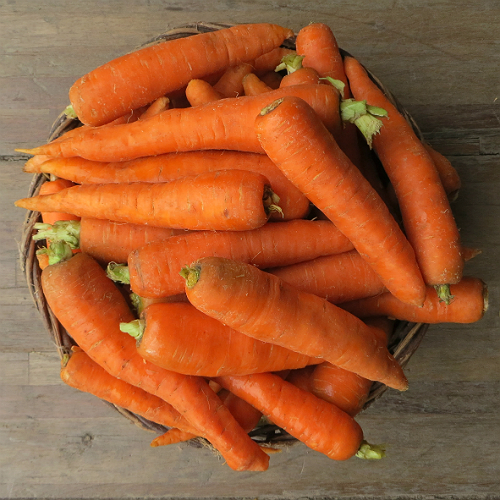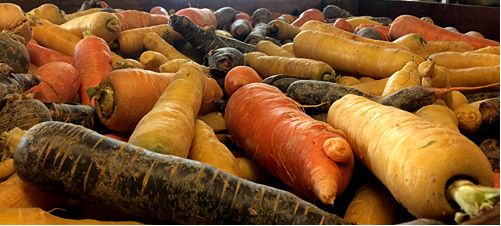Russet potatoes have dark brown skin and few eyes. Their flesh is white, dry and mealy, and they are good for baking, mashing and, most of all, French fries. That’s enough to make them the most widely grown potatoes in North America.
Because we tend to eat the Russet deep-fried, or baked and smothered with sour cream and butter, it can get a bad rap. However, one russet potato (approximately 5.2 ounces in size) has a moderate 110 calories and is an excellent source of potassium (more than a banana) and vitamin C. Russets are also a good source of vitamin B6 and are fat, sodium and cholesterol free.

The Salad
6 cooked, cooled and diced organic potatoes with skin.
1 cup chopped organic celery
1 cup chopped organic carrots
2 medium-sized organic, naturally fermented chopped pickles
2 teaspoons organic celery seed
4-6 hard-cooked pastured eggs, peeled and chopped
Salt and pepper to taste
The Sauce
2 pastured eggs, beaten
1/4 cup sucanat or rapadura (optional)
1 teaspoon arrowroot powder
1/2 teaspoon Himalayan salt or other unrefined sea salt
1/3 cup organic apple cider vinegar
1/2 cup milk
1 teaspoon organic yellow mustard
4 tablespoons butter
Mix all the salad ingredients together.
For the sauce, whisk together the 2 beaten eggs, optional sucanat or rapadura, arrowroot powder, and salt in a saucepan. Stir in the vinegar, milk and mustard. Cook over medium heat, stirring constantly, until thickened. You must stir constantly so the eggs to do not scramble.
Remove from heat and cool about 5-7 minutes. Stir in the butter. Refrigerate until cool.
Gently fold in the sauce with the ingredients and serve immediately or you can let “sit” in the fridge for a few hours or overnight to let the flavors blend.
We thank westonaprice.org for this recipe.
Have you tried this recipe? Tell us how it turned out!

 O beautiful, tasty carrot! Nash’s is renowned for our sweet, crisp, flavorful carrots. Enjoy them raw, or try out a few carrot recipes.
O beautiful, tasty carrot! Nash’s is renowned for our sweet, crisp, flavorful carrots. Enjoy them raw, or try out a few carrot recipes.
 4-5 medium carrots, scrubbed & trimmed, cut lengthwise into quarters
4-5 medium carrots, scrubbed & trimmed, cut lengthwise into quarters
